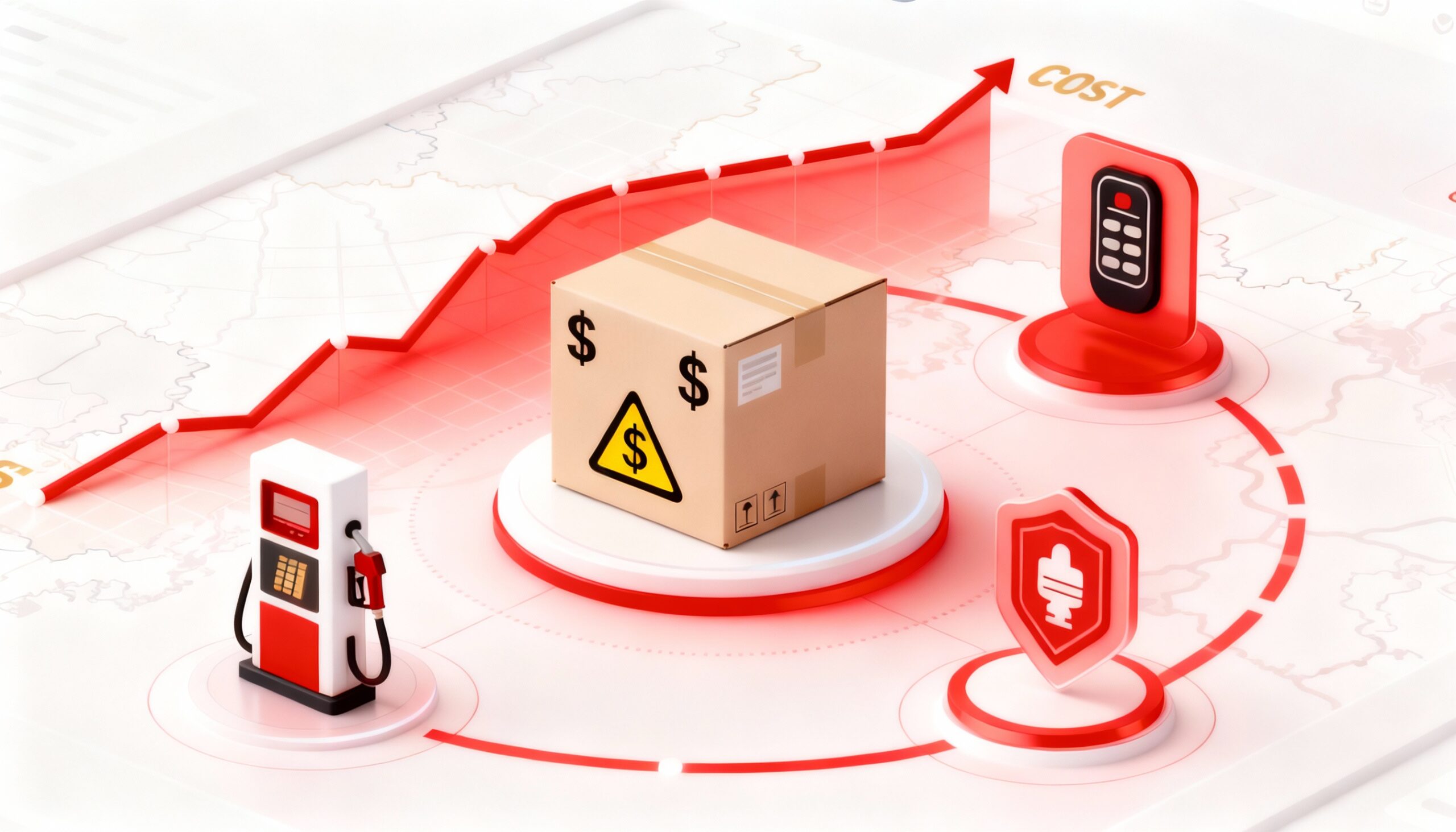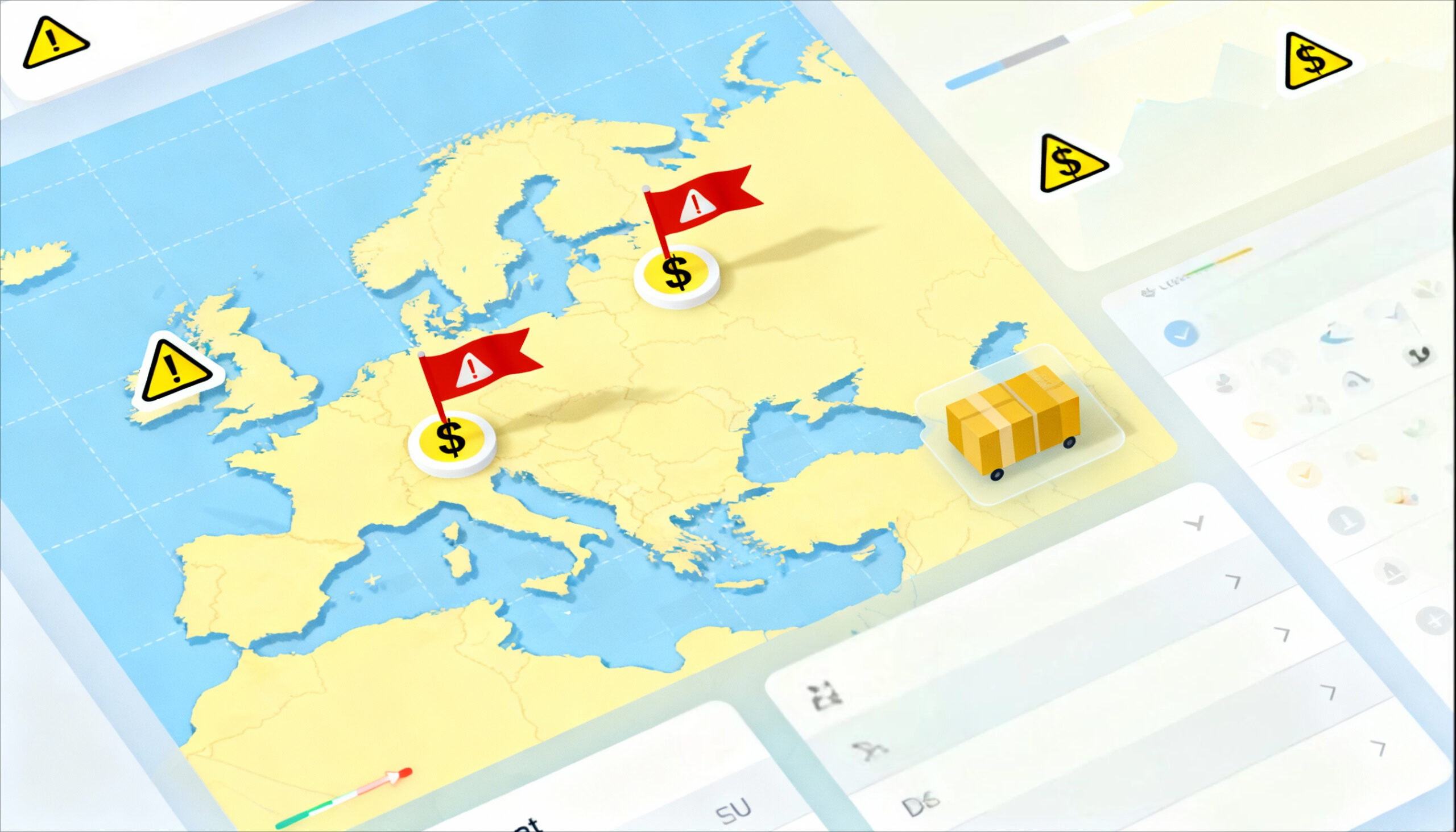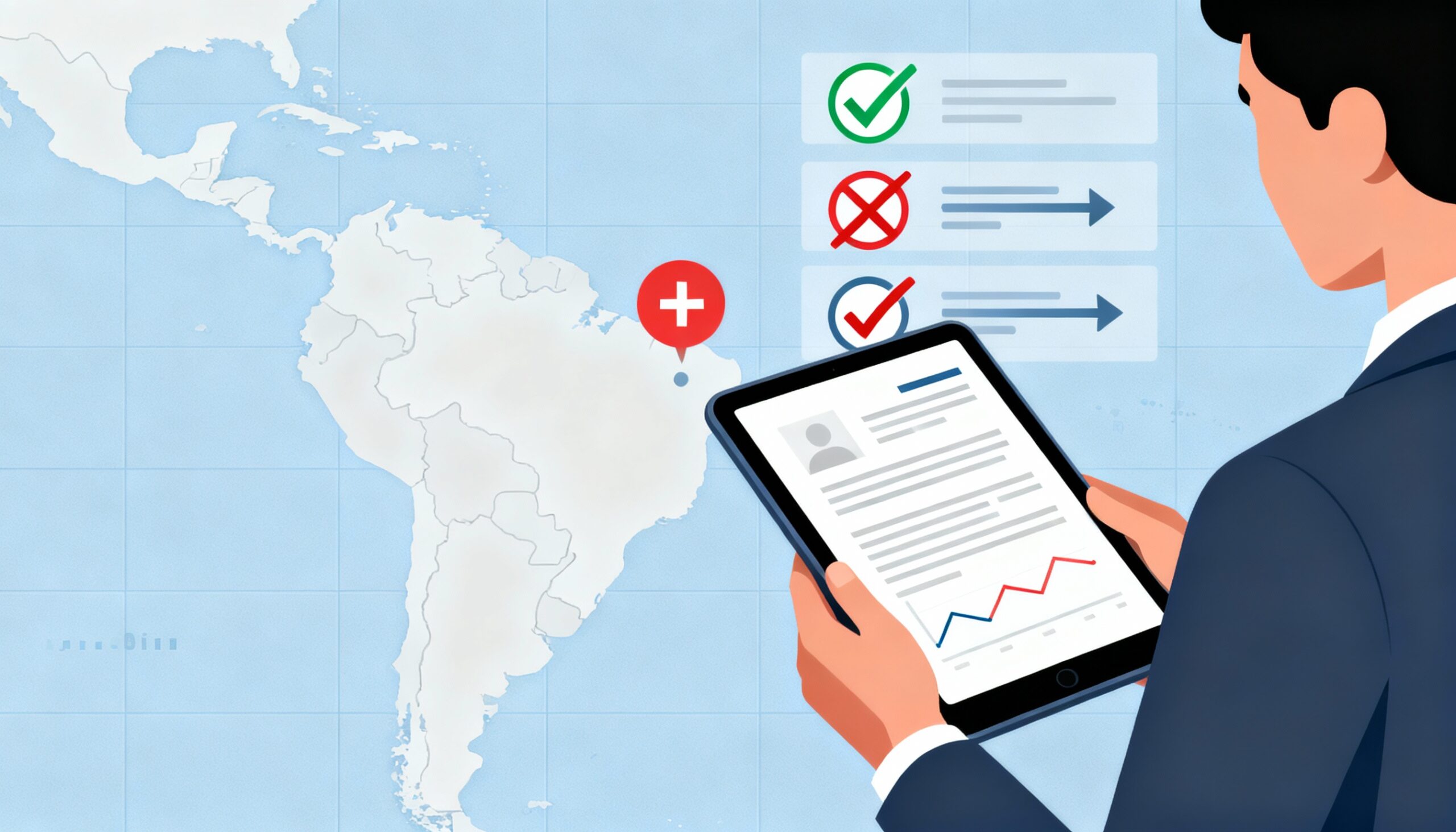I looked at over a dozen DTC shipping invoices this week.
The 5.9% GRI isn’t what’s killing their margins. It’s the other 20-40% they’re not tracking.
Here’s the thing: carriers count on you focusing on the headline rate increase.
They quietly tack on fees for fuel, peak season, and package size. Both DHL and UPS announced a nearly identical 5.9% average rate increase for 2025.
That’s the distraction. Here’s where the real money is going.
Real talk: that 5.9% increase is pocket change.
The real enemy is your surcharge bill.
For many brands, these variable fees make up 20% to 40% of their total annual shipping spend.
This isn’t a rounding error. It’s a massive, un-forecasted line item eating your margins alive.
Let’s get into the specifics.
First, fuel surcharges.
This is a moving target. Both carriers pass on fluctuating fuel costs, but on different schedules. It makes forecasting a nightmare.
DHL adjusts its fuel surcharge monthly. It’s based on the U.S. Gulf Coast (USGC) spot price for jet fuel. For example, the DHL Air fuel surcharge is set at 30.00% for November 2025. You have some time to plan.
UPS adjusts its international fuel surcharge weekly. Your cost-per-shipment can change every seven days. Much harder to predict.
Then there’s the holiday tax: Peak/Demand Surcharges.
It’s the non-negotiable fee carriers add when volume spikes. A flat tax on being busy.
For the upcoming peak season, here are the dates:
UPS/DHL eCommerce runs from October 27, 2024 to January 18, 2025.
DHL Express runs from September 15, 2024 to January 31, 2025.
These fees add up. DHL is adding a demand surcharge for imports from China to the Americas of $2.50 per package. That gets expensive, fast.
Now for the margin killers: Additional Handling & Oversize Fees.
These can wipe out your profit on a single order. Getting dimensions or weight wrong is brutally expensive.
Look at these 2024 UPS figures.
It’s an $18.50 Additional Handling fee if your package’s longest side is over 48 inches.
It’s a $130.00 Large Package Surcharge for a residential shipment.
And it’s a staggering $1,070 Over Maximum Limits fee if you exceed their size or weight caps.
One mistake costs you more than the product is worth.
Finally, the preventable fees.
Shipping to a remote area? UPS adds a residential remote area surcharge of $7.90.
The most frustrating one is the address correction fee.
DHL charges for any address that’s incomplete, outdated, or wrong. You’re not just paying for the correction and a delayed package. You’re paying in lost customer loyalty.
So who do you pick?
There’s no single right answer. Here’s the mental model for your team.
Use DHL for small-to-medium international parcels, especially to Europe and Asia. Their network is stronger there and often more competitive.
Use UPS for domestic U.S. shipments and packages inside the Americas. Their ground network is dominant.
One more thing: for non-urgent international, UPS’s economy services can be 30-40% cheaper than DHL Express.
You’ve got the intel. Here are three things to do today.
- Optimize your packaging. Stop paying for air. Get your box sizes as tight as possible to avoid dimensional weight charges and handling fees. This is low-hanging fruit.
- Audit every invoice. Carriers make mistakes. You will find billing errors for incorrect surcharges or service failures. Audit weekly and dispute every error.
- Validate every address. This is non-negotiable. A wrong address costs you money on the correction fee and time on the delay. It’s the easiest win to cut surcharges and improve customer experience.
That’s it. Go cut your shipping costs.





